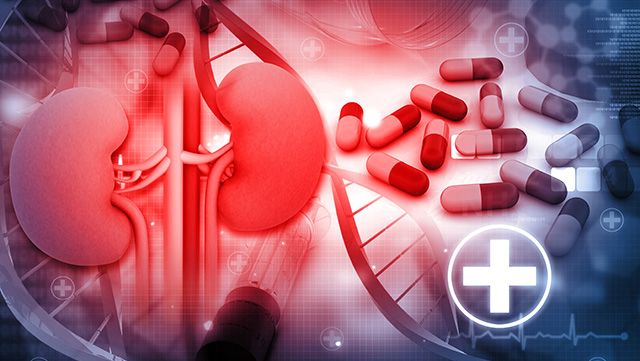Kidney stones
A kidney stone is a hard, stone-like mass that can form in one or both kidneys. Most people are born with two kidneys, organs that "clean" the blood. They filter out water and waste products, making urine.
Kidney stones are formed out of crystals found in the urine. In most cases, the crystals are too tiny to be noticed, and pass harmlessly out of the body. However, they can build up inside the kidney and form much larger stones. If a stone grows big enough to block the flow of urine out of the kidney, it can cause pressure, pain, and infection. If a stone moves out of the kidney with the flow of urine, it can cause severe pain as it moves through the tubes that carry urine from the kidney to the bladder. If a stone gets stuck, an infection can arise. Depending on its size and position, an untreated kidney stone could cause permanent damage to the kidneys.
Kidney stones are fairly common. About 1% of people in Western countries are likely to get them. Depending on where they are found, kidney stones are also known as renal calculi, urinary calculi, urinary tract stone disease, nephrolithiasis, urolithiasis, and ureterolithiasis.
